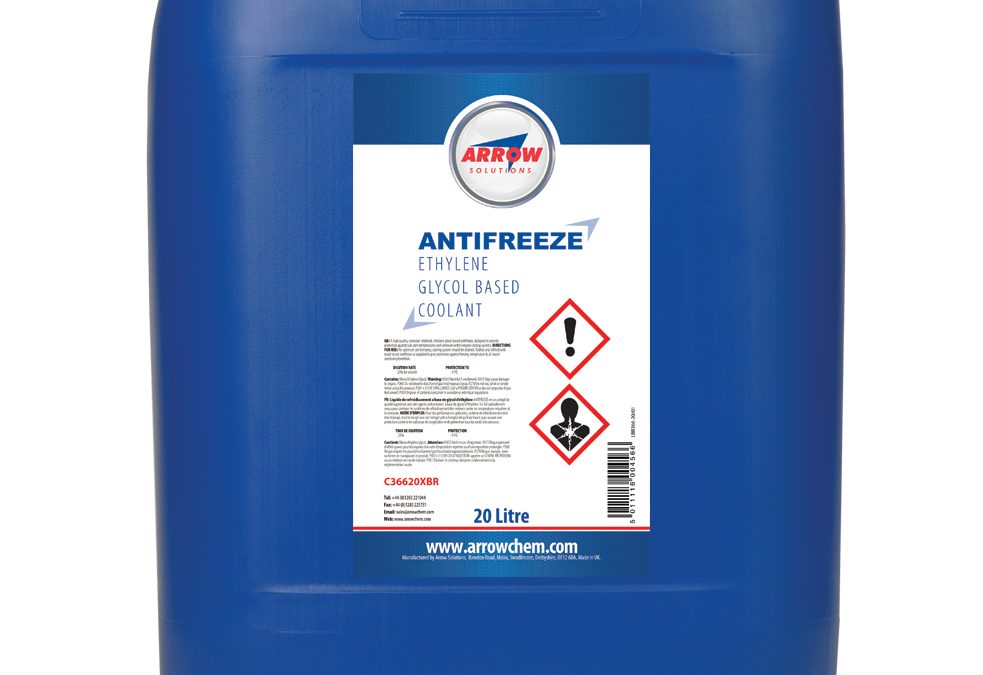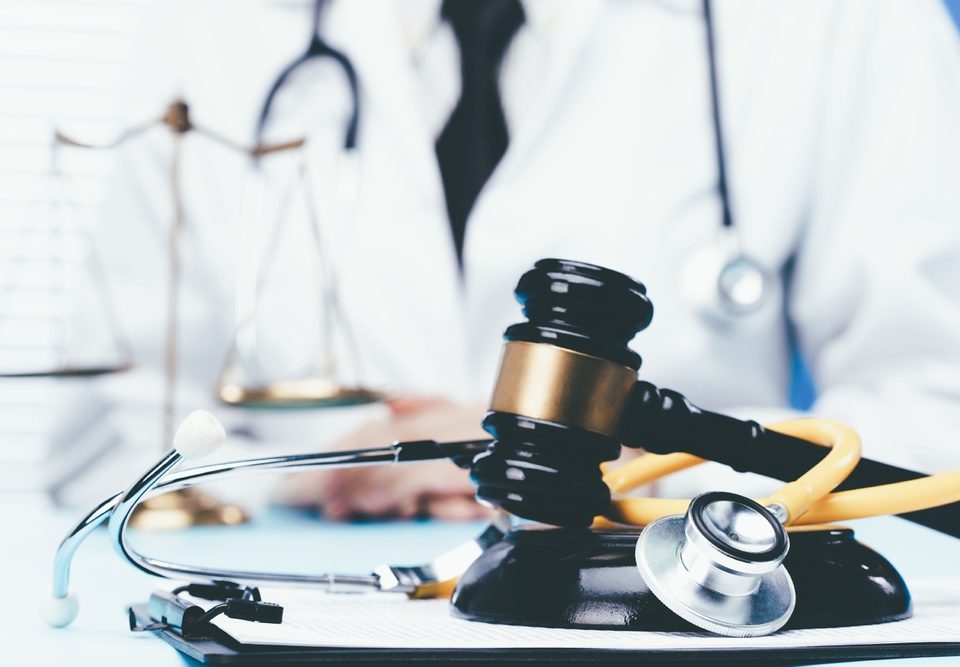
Sudden Loss of Vision (Retinal Detachment) Presenting in the ED
12th September 2022
Silver Trauma – An Emergency Department Guide
5th October 2022Inhalation of Ethylene Glycol (EG), commonly known as anti-freeze, can occur during its use or production, often in highly enclosed environments, and in a wide variety of industries. Skin contamination can also sometimes occur.
While those involved in the manufacture of Ethylene Glycol can be exposed to the toxic effects accidental or deliberate ingestion of this substance can present to the Emergency Department.
Investigation and diagnosis
Early diagnosis and treatment decisions are necessary to reduce the risk of permanent organ damage and long-term complications. The focus should be on:
- Preventing the body from metabolising the EG
- Removing the substance from the bloodstream
- Providing therapies if organ failure is suspected
A clinical history of the patient should be taken with particular emphasis on the amount and concentration of Ethylene glycol that has been ingected or exposed to and current symptoms to include both physical and psychological effects. Suspected anti-freeze poisoning or inhalation requires immediate medical attention.
Symptoms of Ethylene Glycol Overdose
Ethylene Glycol ingestion firstly affects the central nervous system. Physical symptoms of inhalation to look for include:
- Loss of coordination
- Slurred or jumbled speech
- Dizziness
- Headache
- Fatigue
- Nausea and vomiting
- Seizures
Other symptoms can include euphoria, irritation or depression.
Where ingestion has occurred 12-24 hours prior, secondary effects include metabolic acidosis, irregular heartbeat, shallow breathing, changes in blood pressure and dehydration. Multiple organs will start to be affected.
A full psychological evaluation should be undertaken if you suspect the patient may have ingested EG in a suicide attempt.
Tests and imaging needed
A complete blood count and evaluation of glucose and electrolyte levels should be taken immediately. Renal and liver function tests should be carried out. A pulse oximetry test to determine arterial blood gas levels is needed. Plus, a chest x-ray to evaluate any lung damage is usually required. Although not an immediate effect measurement of the anion gap can be important in both deciding on the severity of poisoning and the need for emergency treatment
Treatment and management
If there has been irritation to the eye or the skin, this can be treated through an eye wash and, if necessary, ophthalmic tests to examine the cornea; skin contact can be minimised through washing with tepid water.
The focus in the short term is on returning the blood PH to normal levels by administering a bicarbonate solution via IV. Haemodialysis may be recommended to remove unmetabolised EG and toxic metabolites from the bloodstream.
Antidotes to prevent the body from metabolising the chemicals in EG into toxic metabolites include fomepizole and ethanol, the administration of which should be decided on and overseen by doctors. Where metabolites have already accumulated in the kidneys, dialysis may be required. In the UK most hosptla Emergency Departments have access to the online Toxbase system run by the Natonal poisons Information Service which can provide tailored information and on call specialists to help a local doctor to manage such patients.
Support for respiratory and cardiovascular function should be given where needed.
Follow up
If there has been long-term exposure to EG, there is some carcinogenic risk, particularly lymphoid and breast cancers, so the patient should be booked in for regular screening checks.
Counselling could be arranged to work out ways to reduce future exposure to EG, and the patient’s regular physician should be notified. In severe cases, the patient will have to be made aware that any future exposure at all is inadvisable. If they have deliberately ingested the poison consultation with Mental Health services before discharge should be arranged.




